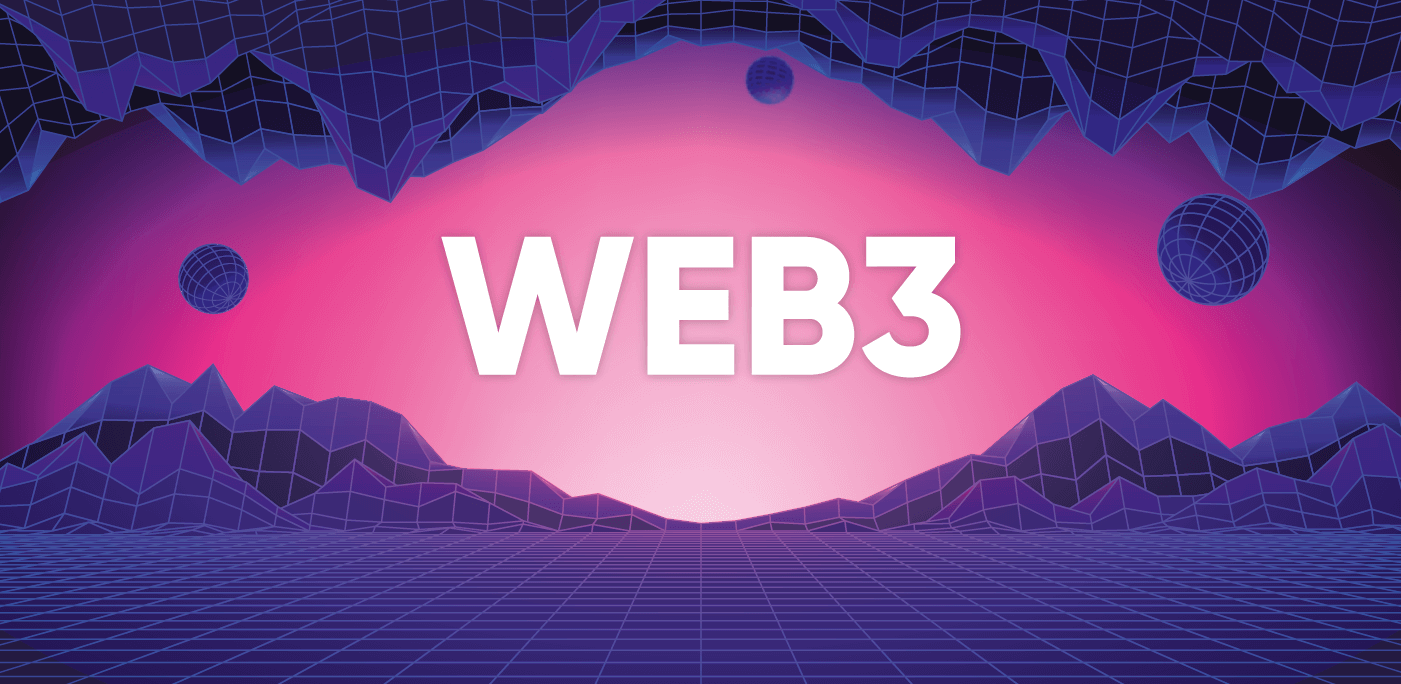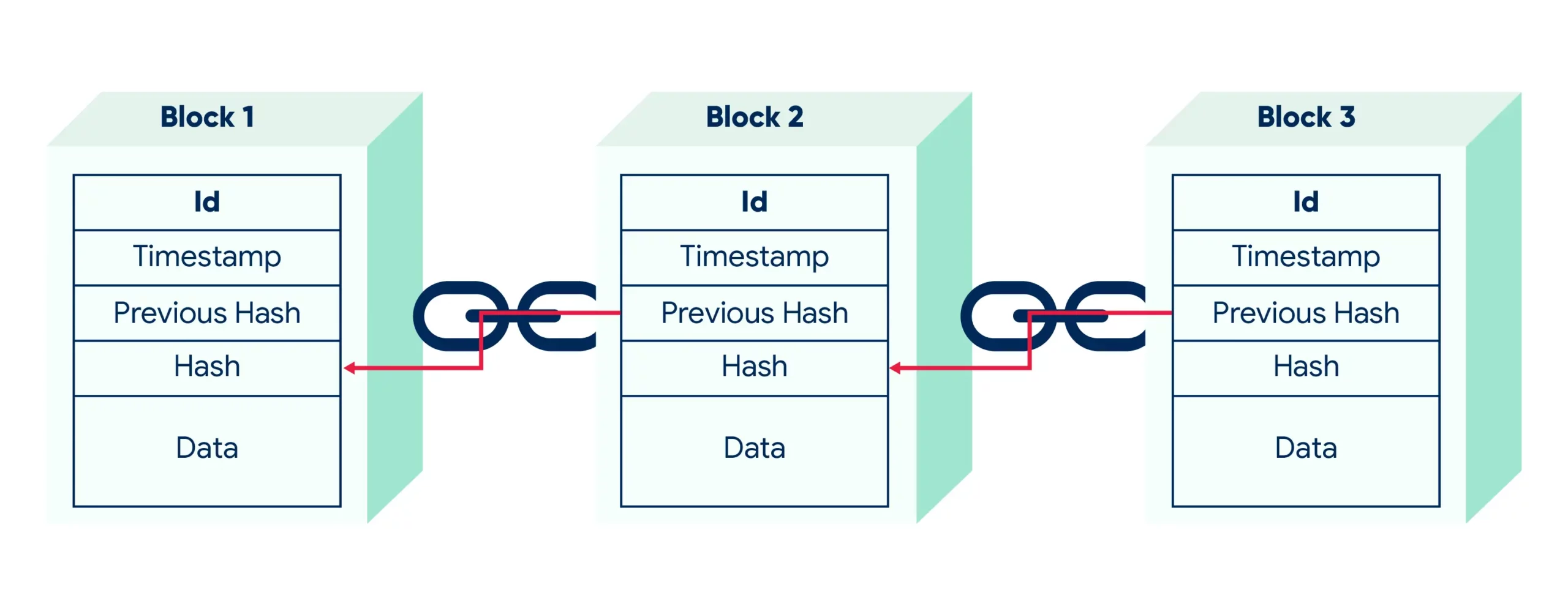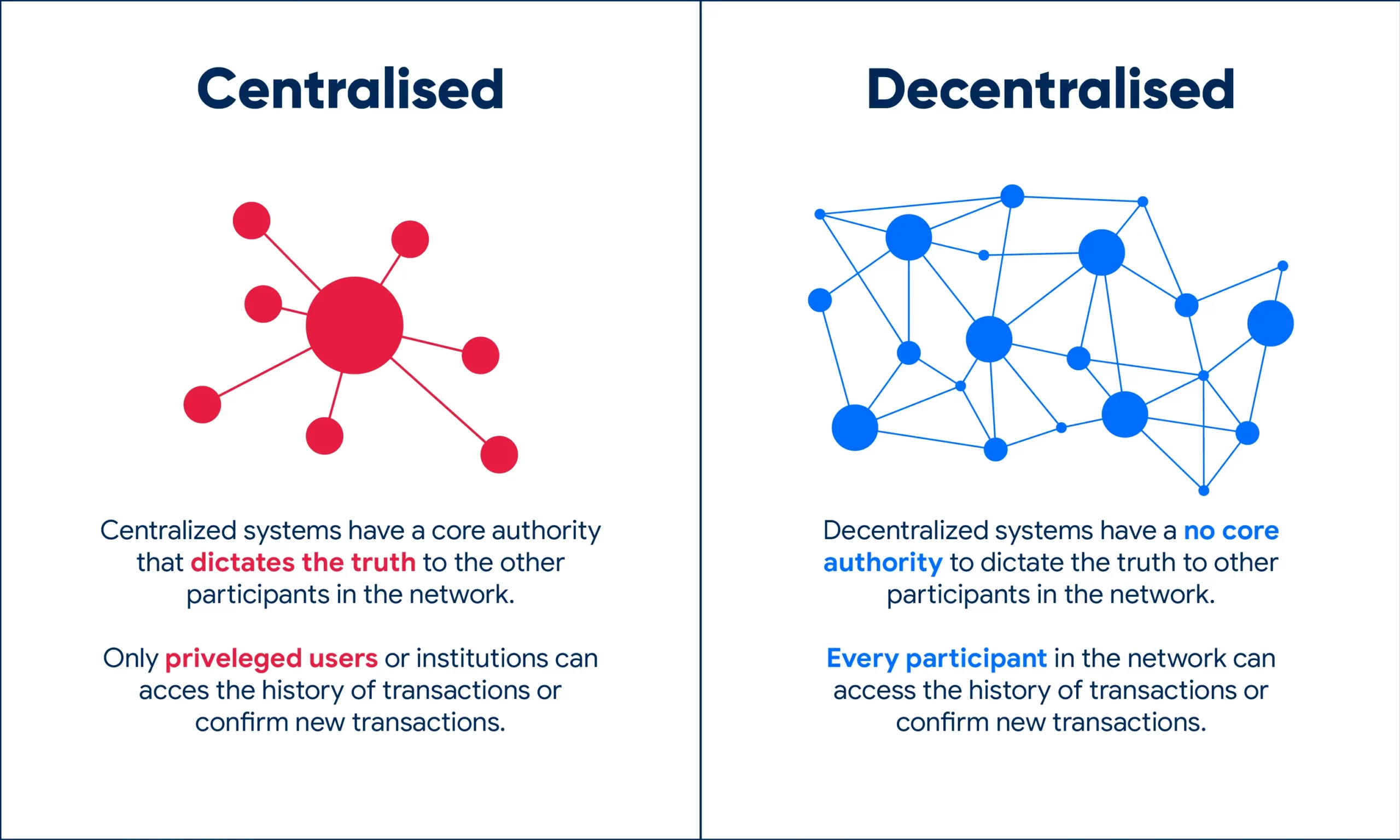Our Technical Operations Manager, Justin Oakley, gives us an insight into the start of the Web3 evolution by explaining what is blockchain, how are smart contracts used for transactions within a blockchain, the essence of your digital wallet and examples of the new digital craze of NFT’s.
Imagine being paid to see ads that pop-up whist using the Web.
Imagine if you could create a loyalty points program where your customers can trade points between themselves, and where you could easily share the scheme with other businesses to see exactly where and how points were being spent, the moment they were spent.
Imagine you could create a piece of digital art that was exclusive and could not be copied, that reflected your business and your customers, and just by being held correctly could grant access to VIP areas of your e-commerce site or allow entrance to a real-world event.
Imagine that piece of art had a wallet hidden inside that could be programmed to make payments automatically or even imbed with Artificial Intelligence.
Well, no need to use your imagination. All this tech already exists under the rather vague banner of Web3 – what we need to imagine is how we can use it.

What is Web3?
The World Wide Web as we know it has become highly centralised by a small number of powerful tech giants, limiting choice, and bringing issues such as censorship, concerns over privacy and an enormous ‘data economy’ that many find unappealing.
All of this is built on technology (protocols) created decades ago, just now we have smoother, slicker interfaces and more powerful computers sitting on top. At a low level, the Web works pretty much the same today as it did 25 years ago.
Web3 is a whole new set of protocols. A fundamental change in the underlying technology that the Web is built on and that has the potential to break those monopolies and usher in entirely new ways of working for a diverse range of industries from global supply chains to global finance, from social media to Government, from music streaming to the Stock Market and digital marketing is right in there with them.
The collective banner for this new tech is Blockchain.
What are the key points of Blockchain?
Firstly, lets explain technically what a blockchain is.
Each transaction that is verified by the blockchain network is timestamped and embedded into a “block” of information, cryptographically secured by a hashing process that links to and incorporates the hash of the previous block and joins the chain as the next chronological update.

The first key takeaway to remember here is that this makes the data permanent – it cannot ever be changed by anyone.
As a consequence, if for instance (in the case of a financial transaction) the blockchain says that Sam sent Anne £10 (not that you’d see their actual names), then everyone in the world knows for 100% sure that this is what happened – no if’s, no but’s. End of.
The second key takeaway is that there aren’t just one or two large computers holding this data – there can be thousands, even hundreds of thousands spread throughout the world.
This is referred to as being ‘decentralised’ and it means that this permanent data cannot be shut down, or access censored, without pretty much turning off the Internet.
Additionally, if anyone wanted to ‘hack’ the system they must simultaneously and successfully attack more than 51% of all the computers on the network.
So, if sufficiently decentralised the blockchain is pretty much impossible to hack as well.

And the final point is with a public blockchain anyone in the world can write to it and anyone in the world can read from it using what’s called a blockchain explorer, (See for yourself with this link to the explorer for one of the largest public blockchains – Ethereum: etherscan.io)
How are smart contracts used?
Before we can go any further, we need to explain smart contracts and how they are used within a blockchain.
Smart contracts are self-executing agreements whereby two or more parties can write a contract to a blockchain to facilitate the transfer of money or any other digital asset.
With a contract on a blockchain, they are irreversible, so cannot be changed after the event and no party can back out of the deal.
For instance, you could code a smart contract to control a bet such as for a football match.
All parties pay digital money into a digital wallet held by the smart contract and then an Oracle (a special blockchain that draws in real-world information) looks to see who wins the football and automatically pays out the money to the correct person.
That’s a very simple example but they are being used for far more complex business contracts in real life.

What is stored in a Digital Wallet?
The final key bit of tech we need to understand is the digital wallet. These are where digital assets are stored and can take the form of either a mobile app or a web browser add-on.
And yes, you can have both at the same time as they will sync (there are hardware wallets too but we don’t need to worry about them today).
On a Web3-enabled site, you can connect your wallet directly, and you can have as many wallets as you like.
With a wallet connected to a Web3 site customers can instantly make purchases with any funds held in the wallet. But also, your digital wallet will show any NFTs held in that wallet that might be usable by that site.

What are some examples of NFTs?
These are unique digital assets held in a digital wallet and can be pretty much anything such as a piece of art, a music track, or a video.
However, they can become far more than that with a smart contract embedded. Examples such as:
- Proof of membership allowing for online discounts or access to a VIP area.
- Collectables like trading cards where the stats auto-update.
- Anything where authenticity needs to be guaranteed like a qualification or a warranty.
- Entrance to gigs or nightclubs (remember digital wallets exist as mobile apps as well as Web add-ons so they are fully portable)
- Tradable items in-game such as swords, armour and clothing (or skins as the Roblox/Minecraft generation like to use)
- Securities such as stocks, shares, deeds.
- NFTs themselves can be embedded within a Digital Wallet to hold currency or other NFTs (reminds me of that Movie “Inception”)
- Newly emerging protocols allow messaging between wallet addresses so ‘Newsletters’ could be sent directly into a customer’s wallet opening a whole new communication channel!
The book – so to speak – has not yet been written on using this technology, so we’ll all need to get imaginative, but a range of use cases are already emerging.
- Starbucks is BETA testing using this tech for a new loyalty point program.
- Nike has partnered with EA Sports to allow their .swoosh range of NFTS (digital sports clothing that is) to be integrated into video games – dress your in-game character with your NFTs
- Purpose-written mobile games have been created for companies where the game runs on a blockchain, so players can win loyalty points and exclusive artwork.
- Shopify now offer NFT services to all their customers
- Simply creating a range of exclusive collectables for your customers
- Code the smart contract embedded into your NFTs correctly and you can receive royalty payments. So, an artist or musician for instance can sell their work as an NFT and guarantee that whenever that NFT is sold on at a future date a percentage of the sale is returned to their wallet.

The benefits of BlockChain Explorer
The blockchain explorer enables anyone to read anything that is within a public blockchain.
When NFTs are sent out to Digital Wallets those wallets can therefore be viewed on the explorer and everything else contained in them can be seen too, such as the balance along with all the transactions associated with that wallet.
If that’s sending a scare about privacy, then please note this data is what is known as Pseudonymous i.e. You can only see the wallet address and not any PII of the wallet holder.
The best bit though is that all this data is easily scraped via APIs and can be loaded into a database for further marketing.
So, for a marketer, this opens up a whole new world of targeting for example it could make it easy to target those VIP clients with a set Wallet balance and engagement levels.
The marketing team at Snoop Dogg are using this in an interesting way.
Firstly, they sold what they call NFT “passports” and now as he tours the world, whoever happens to be holding that passport, will get free delivery of exclusive collectables from the tour sent directly into their wallet randomly.
This might be art, music, behind the scenes videos – whatever Snoops marketing team can come up with, showing a real example of how this can be used to build excitement and give exclusive content to really valuable groups of fans or VIPs.

So what now…
Big-name brands across the world are experimenting with NFT technology in their marketing, these include Nike, adidas, Asics, Taco Bell, Gucci, Mattel, Coca-Cola, McDonald’s, Ray-Ban, Starbucks, The NFL, The NBA, the list goes on…
No one knows where this new tech is going, and as I’ve said already the book has not yet been written on how this tech will be used – maybe you’d like to be part of writing of it?
Image references
https://www.paiementor.com/blockchain-explained-application-payments
https://blockgeeks.com/guides/proof-of-work-vs-proof-of-stake/
Enjoyed this article? Sign-up to receive updates




